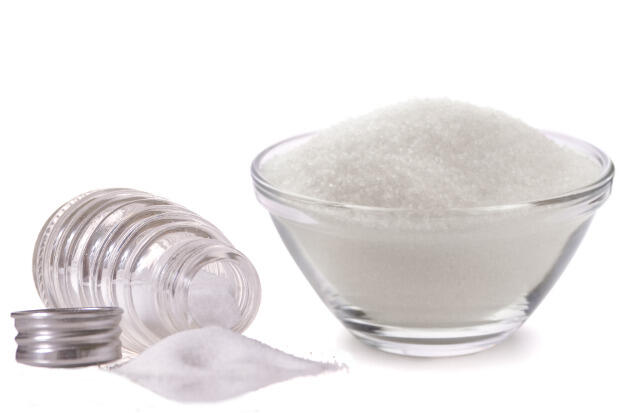June 6, 2016
VCU Health dietitian agrees with FDA decision on ‘added sugar’ labeling
Share this story

The Food and Drug Administration recently solidified a requirement that a line for “added sugar” be placed on nutrition labels. The federal move is one health officials say realistically reflects the modern diet and the added sweetness that may put certain products in high demand.
The move comes amid public health statistics that show the United States is experiencing an obesity epidemic, with one-third of adults categorized as obese. Additionally, childhood obesity is of concern with obesity now affecting one in six children and adolescents in the U.S. And, if unchecked, children who are obese are at risk for heart disease, Type 2 diabetes and asthma.
Nick Fischetti, a VCU Health dietitian, said the FDA ruling is a step in the right direction to curb obesity rates and give consumers the responsibility of choice.
Most Americans don’t realize how much sugar is added to certain foods.
“This move will help consumers raise their awareness of added sugars. Most Americans don’t realize how much sugar is added to certain foods,” Fischetti said. “This will allow consumers to make more informed decisions while grocery shopping.”
The 2015-2020 Dietary Guidelines for Americans recommend people consume less than 10 percent of calories from added sugars, Fischetti said. For example, if someone is following a 2,000-calorie diet, that would be fewer than 200 calories from added sugar per day.
Also attributable to the spike in obesity rates is salt intake, officials say, of which Americans consume nearly 50 percent more than experts suggest. Similar to its added sugar labeling decision, the FDA has produced proposed, voluntary guidelines for the food industry to reduce salt intake. More than 70 percent of sodium consumed is already in food before it reaches the table, according to the Centers for Disease Control and Prevention, and a decrease in sodium ingestion could prevent 32,000 heart attacks and 20,000 strokes, annually.
The FDA’s proposed guidelines set targets for a gradual reduction in sodium in manufactured products, as well as those prepared in a restaurant. The FDA recommends that Americans consume 2,300 milligrams of sodium a day, which could curb high blood pressure, a major risk factor for heart disease and stroke.
Still, it is up to each person to heed the recommendations.

“In the end we are ultimately responsible for the food choices that we make. However, it has long been an unfair playing field. Unhealthy foods are readily accessible, cheap and visually appealing. The changes in food labeling are a small step in the right direction to help raise the awareness of consumers of what they are actually buying,” Fischetti said. “People have a right to know what is in their food and I think this is a positive step towards that.”
Manufacturers must use the new label, which should be printed in large, bold numbers, by July 26, 2018. However, manufacturers with less than $10 million in annual food sales have an additional year to comply, according to the FDA website. For parents shopping for kids, reading those food labels will be instrumental when selecting popular versus healthy food items, such as cereals and snacks.
“The key with added sugars is that they are separate from the sugar that is naturally in the food. For instance, regular milk has 12 grams of sugar but zero grams of added sugar, whereas chocolate milk has eight grams of added sugar bringing the total to 20 total grams of sugar,” Fischetti said. “Try to limit added sugars to less than five grams per serving.”
Fischetti added that a top-down approach to reading labels helps, as well as identifying total calories, amounts of saturated/trans fat and sodium, and choosing foods with about five grams of fiber and five grams of protein, which help you feel fuller longer.
“The hope is that a more informed consumer will make more healthy choices over a lifetime,” he said.
Subscribe for free to the weekly VCU News email newsletter at http://newsletter.news.vcu.edu/ and receive a selection of stories, videos, photos, news clips and event listings in your inbox every Thursday.
Subscribe to VCU News
Subscribe to VCU News at newsletter.vcu.edu and receive a selection of stories, videos, photos, news clips and event listings in your inbox.








